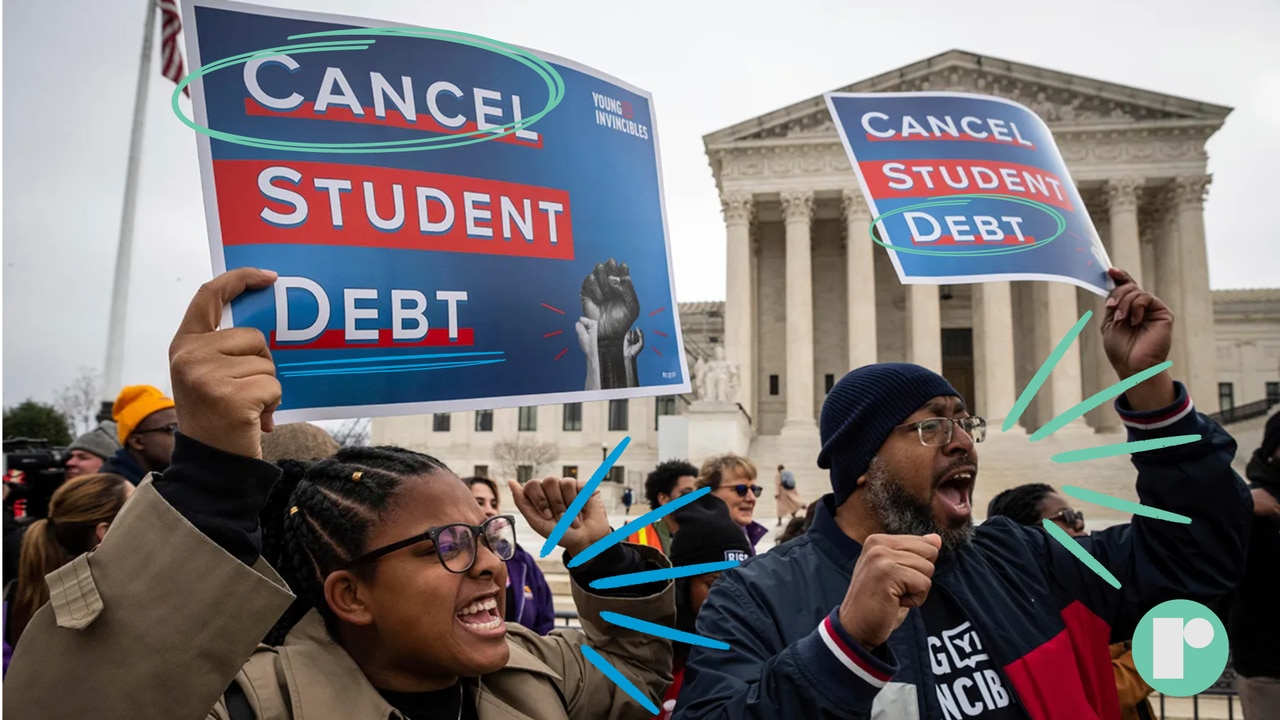Student loan debt payments to restart soon. Hereâs how to get ready
Paying back federal student loan debt this year is less of a question now than a cold, hard reality.
The debt ceiling deal, which avoided an unprecedented default on the federal government’s debt also permanently ended the pause on student loan debt payments.
Read more here: Nearly 750,000 older adults could lose federal food assistance in new debt ceiling deal
Now, starting September 1, more than 45 million Americans are expected to make what could be their first student loan debt payment in three years.
Shalanda Young, director of the Office of Management and Budget, said in a press briefing that even though the deal ends the payment pause, that the Biden administration was planning to restart them around the same time anyway.
While the Biden administration planned to end the payment pause 60 days after June 30, Americans remain in limbo about their debt as they await a decision from the Supreme Court on the forgiveness plan aimed at canceling up to $20,000 of student loan debt for federal borrowers.
At some point this month, SCOTUS justices will deliver their ruling on Biden’s forgiveness plan. Regardless of their decision, the federal government expects borrowers to start paying back their loans this year.
Read more here: Student loan borrowers could be forced into ‘unthinkable financial decisions’ if Supreme Court rules against Biden
As borrowers await a decision from the high courts, there’s momentum, led by Congressional leaders from both parties, to compel borrowers to pay back their student loans.
One resolution that would force borrowers to repay the principal and interest owed while the loans were paused plus new, additional interest charges – House Joint Resolution 45 – passed the House and Senate, but was vetoed by President Biden this Wednesday.
“It is a shame for working families across the country that lawmakers continue to pursue this unprecedented attempt to deny critical relief to millions of their own constituents,” President Biden said after vetoing the resolution. “I remain committed to continuing to make college affordable and providing this critical relief to borrowers as they work to recover from a once-in-a-century pandemic.”
With the resolution dead for now, borrowers await the SCOTUS decision on Biden’s forgiveness plan.
Regardless of the high court’s ruling, those with student loan debt will need to start preparing for repayment. Here’s how:
Whether borrowers decide to pay back their student loans or not, having a better understanding of what the federal government expects when payments restart should first include visiting StudentAid.gov. Create a profile or log in to your account to ensure your contact information is up to date.
If you attended college and took out federal student loans, the government already has your information but taking this step will ensure you know how much debt is tied to your name, don’t miss updates and have access to resources to apply for a repayment plan or loan counseling in the future.
Use your StudentAid.gov account to discover and confirm what loan servicer holds your student loan debt. Borrowers can find this information under the “My Aid” section.
Since the payment pause, loan services like Navient, the Pennsylvania Higher Education Assistance Agency (also known as FedLoan) and Granite State have ended their relationship with the federal government – if any of these companies held your debt, they no longer do.
Start now by contacting your new or previous loan servicer to save yourself from waiting on hold for long periods of time once student loan debt payments resume.
Knowing how much your monthly payment will be is just as important as knowing how much student loan debt you owe. While most borrowers will receive a billing statement in the mail at least 21 days before their first payment is due, contacting your loan servicer in advance will provide you with an estimate of your payments, a due date and any upcoming interest.
Find your student loan servicer here.
–
Borrowers are worried about the future of affording and paying back their student loans. Are you one of them? Share your story and thoughts here with Reckon.
